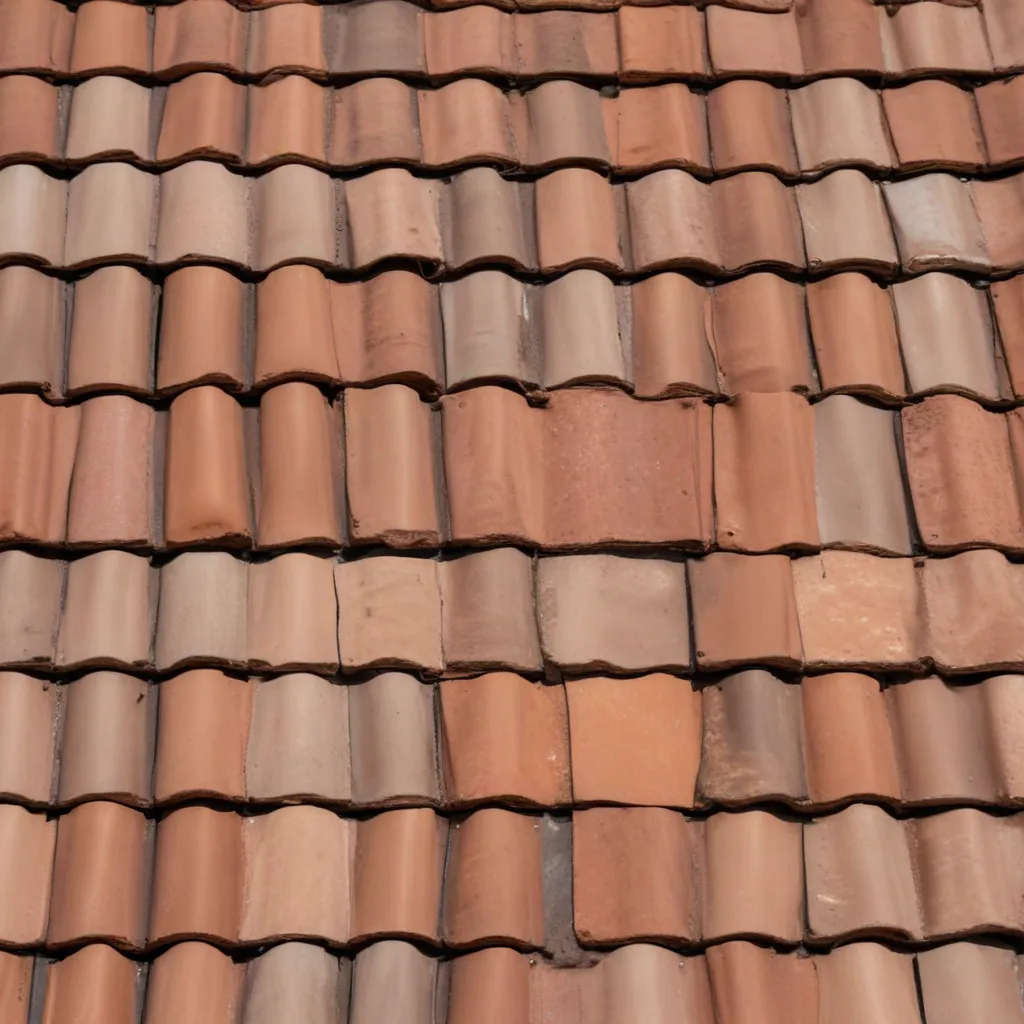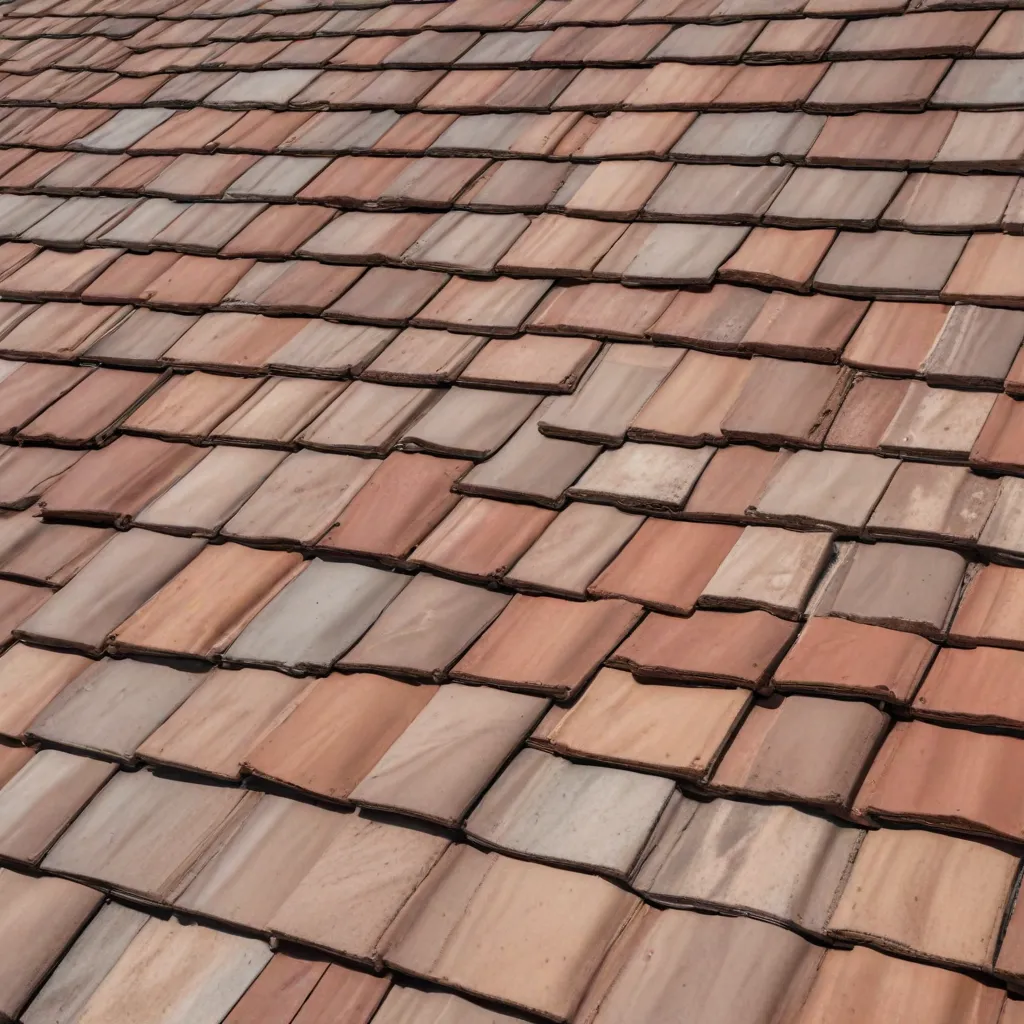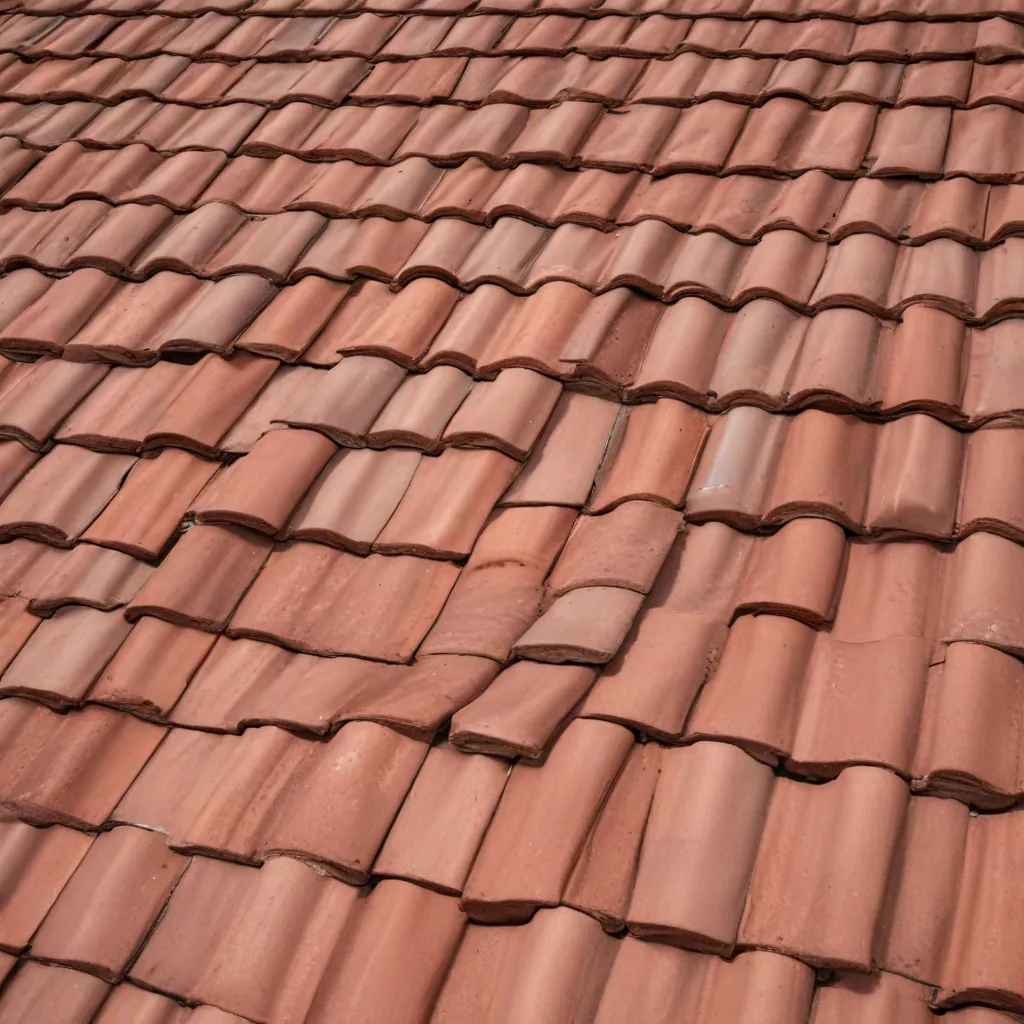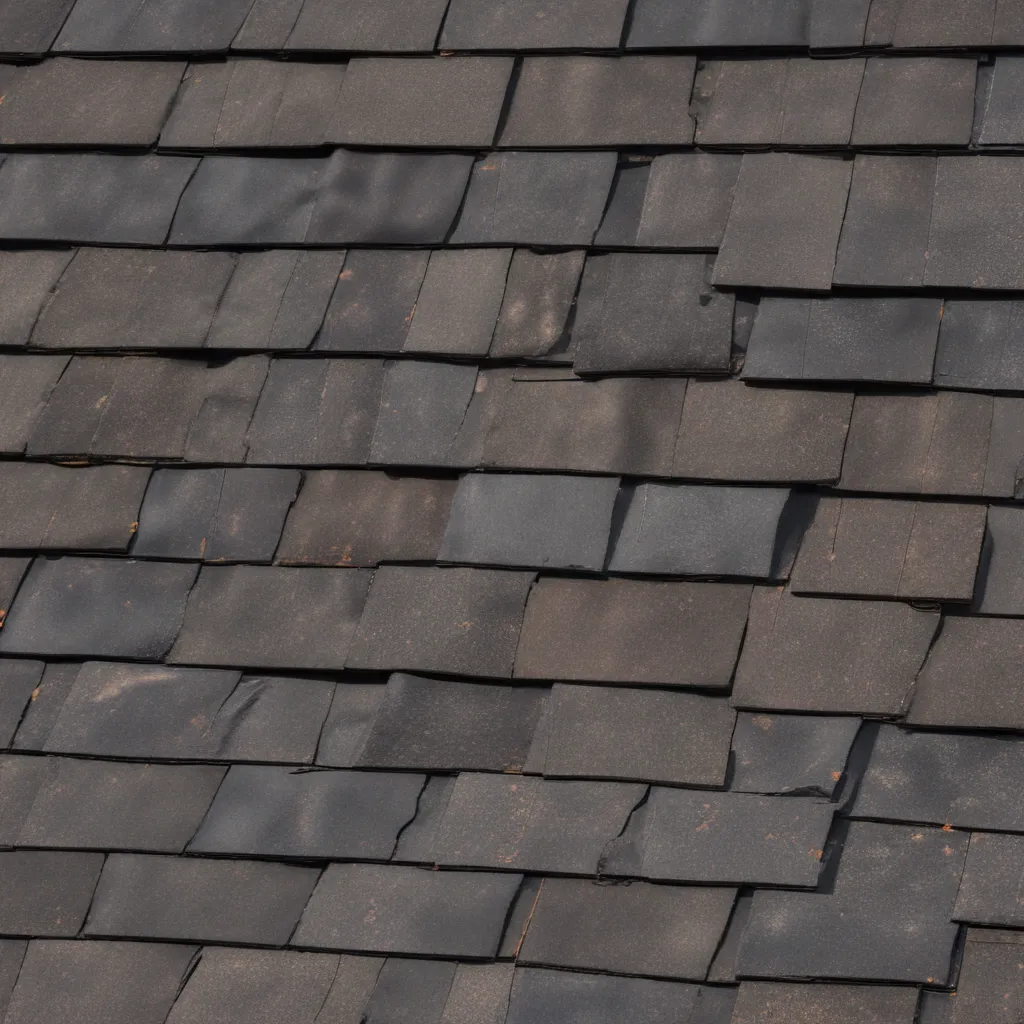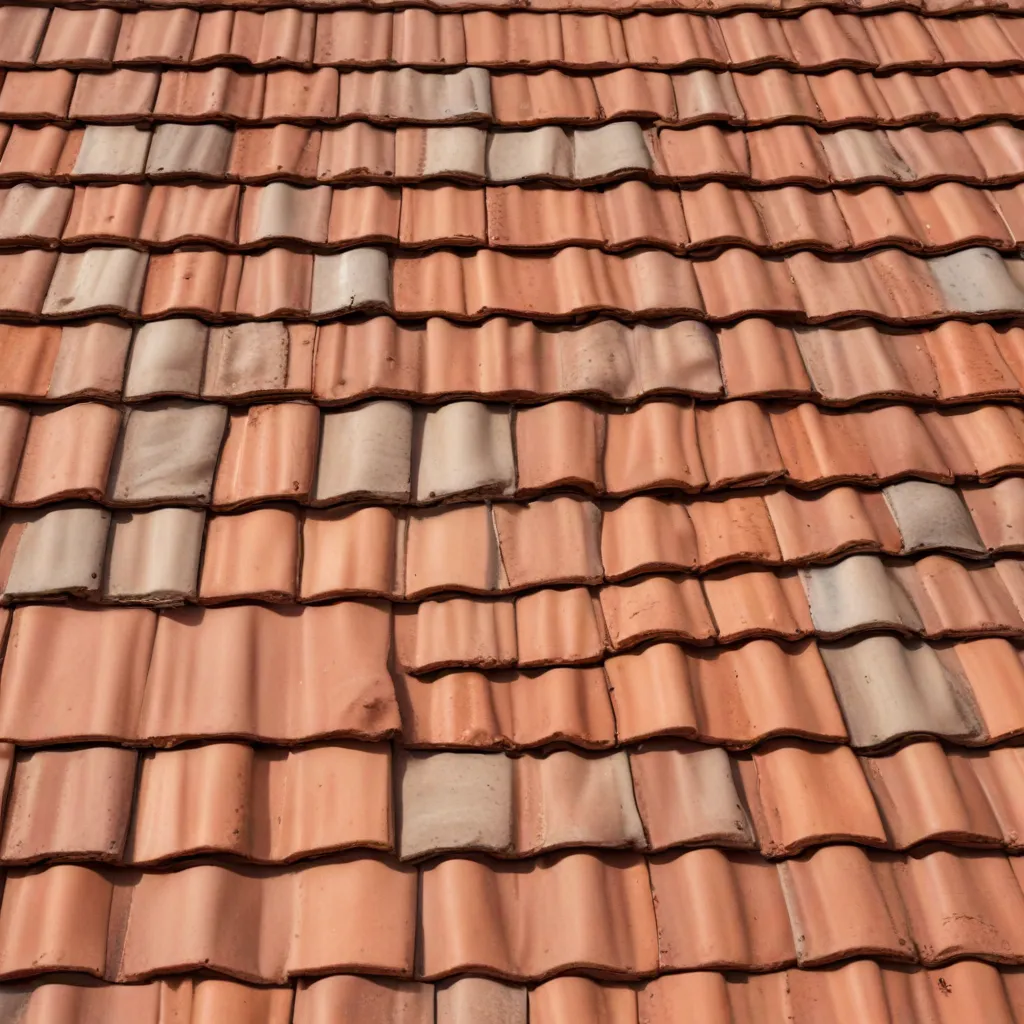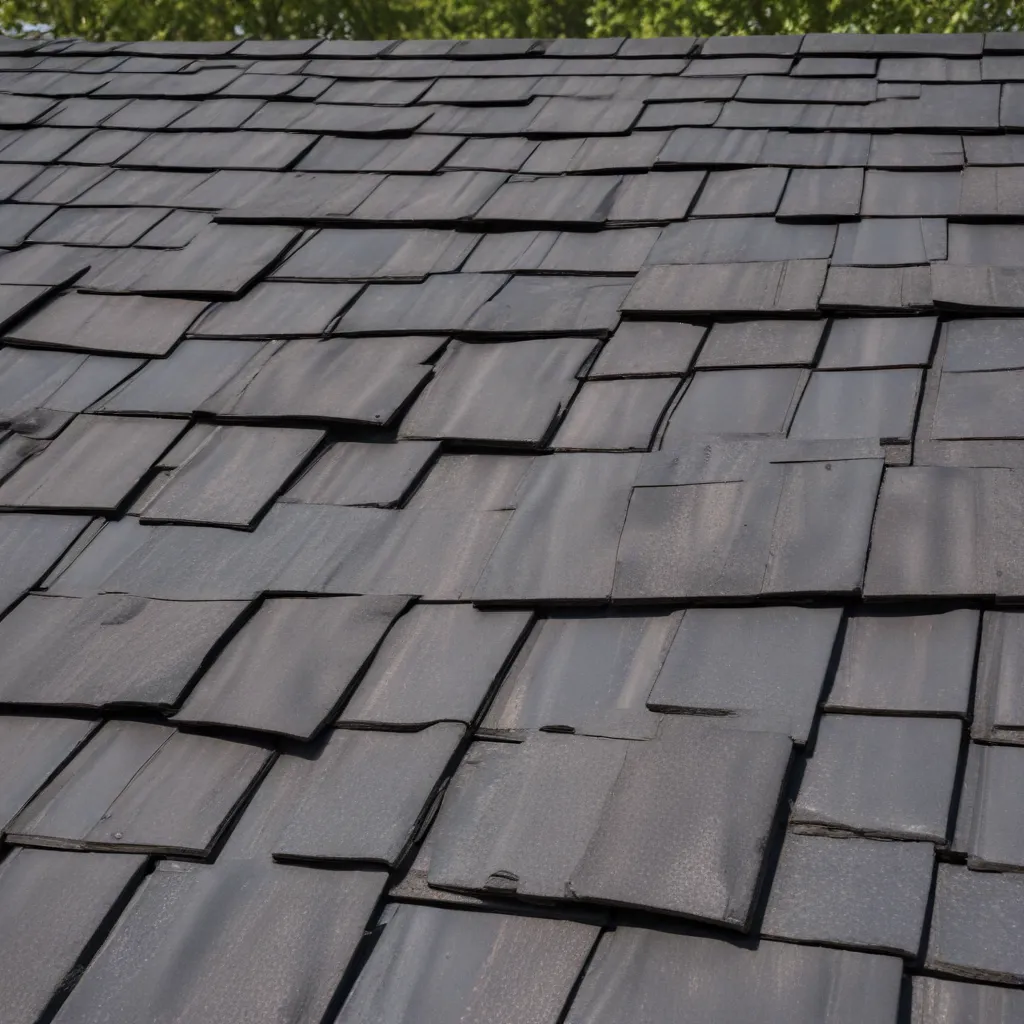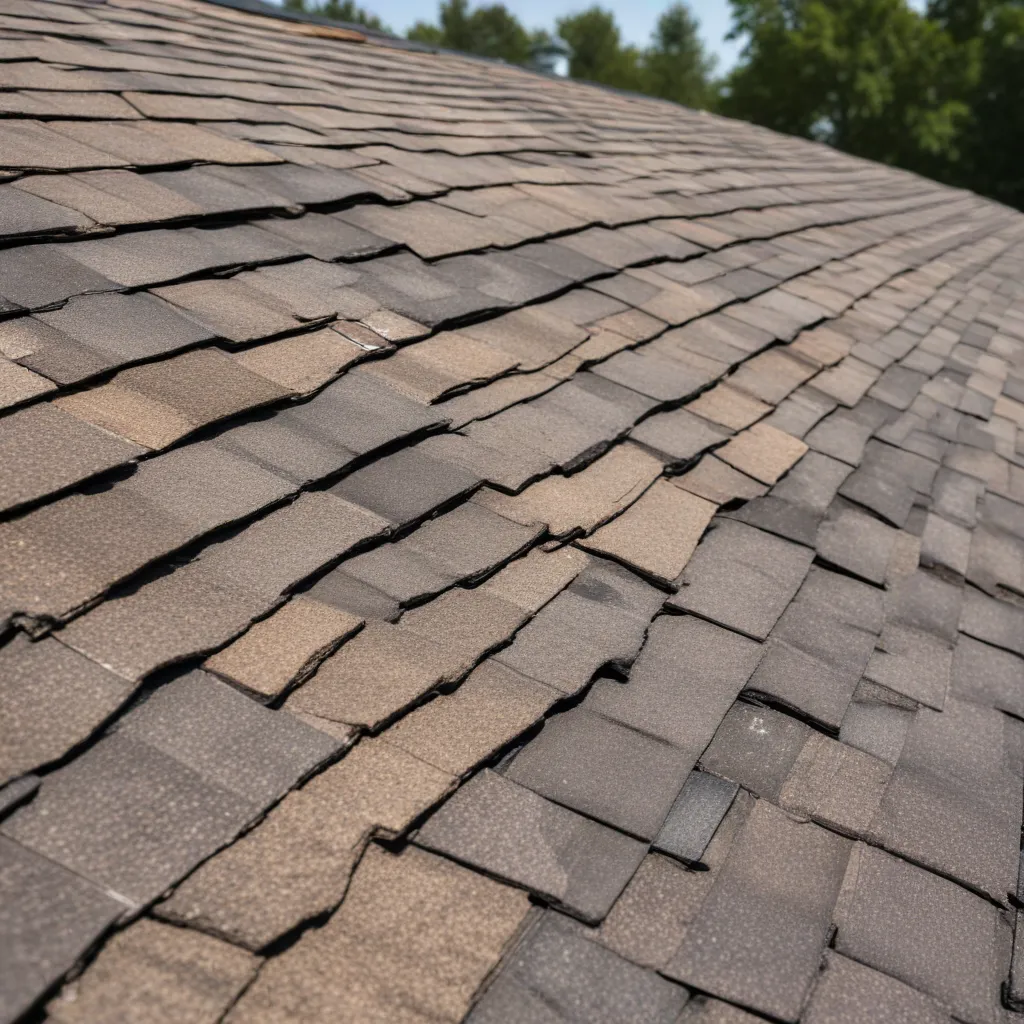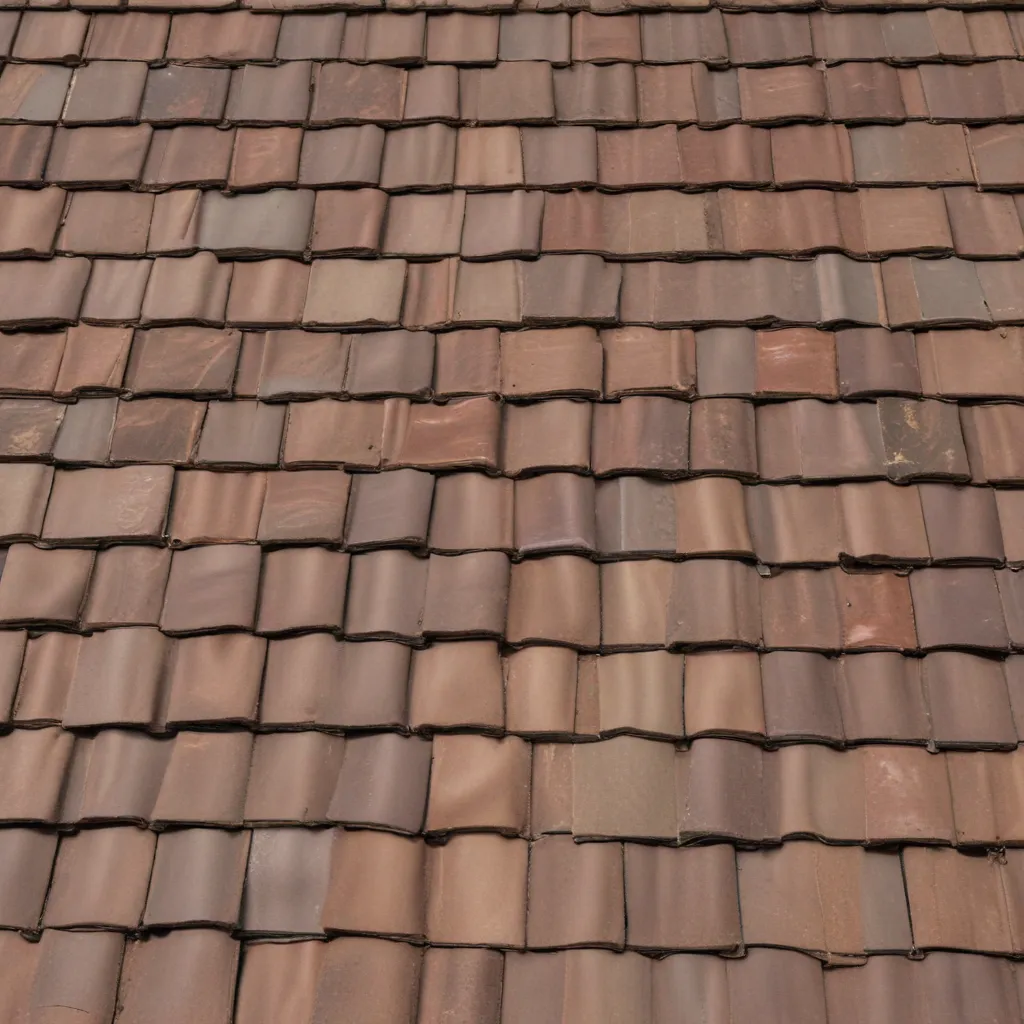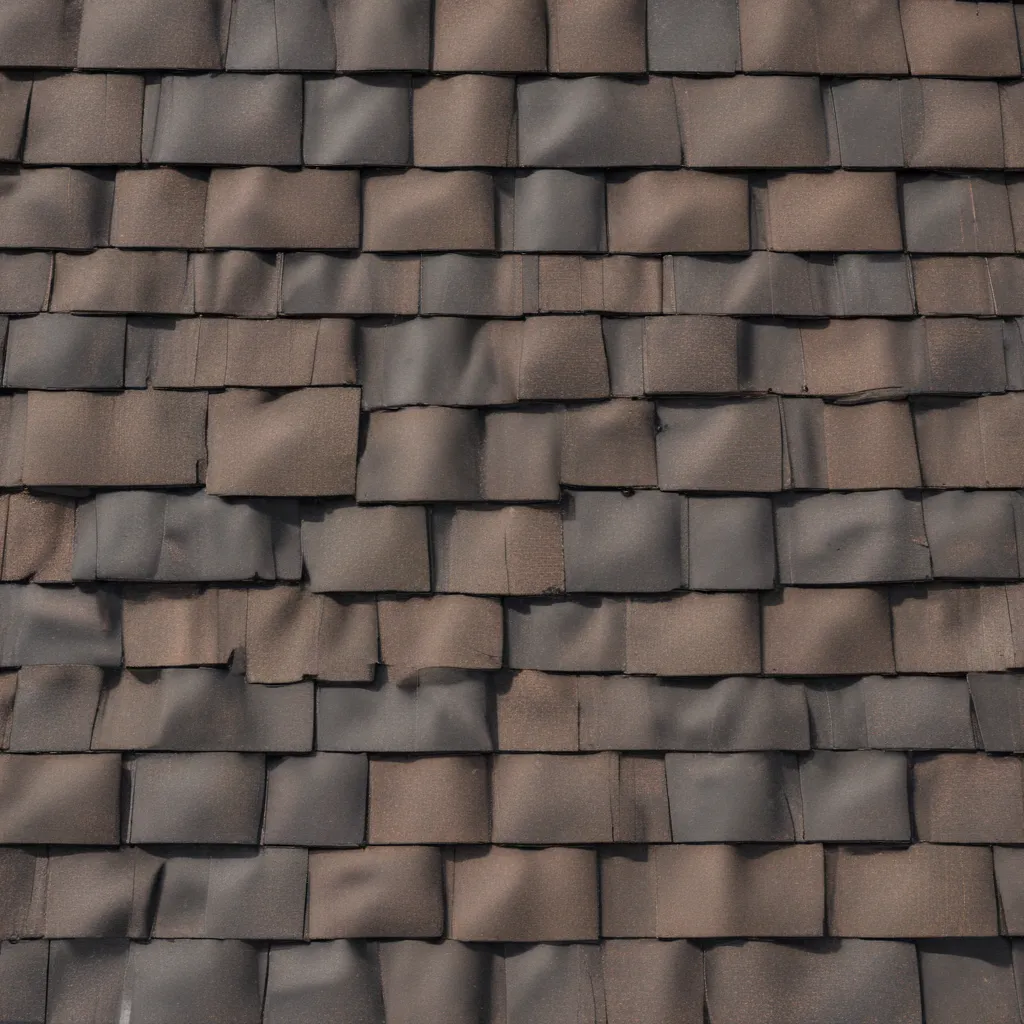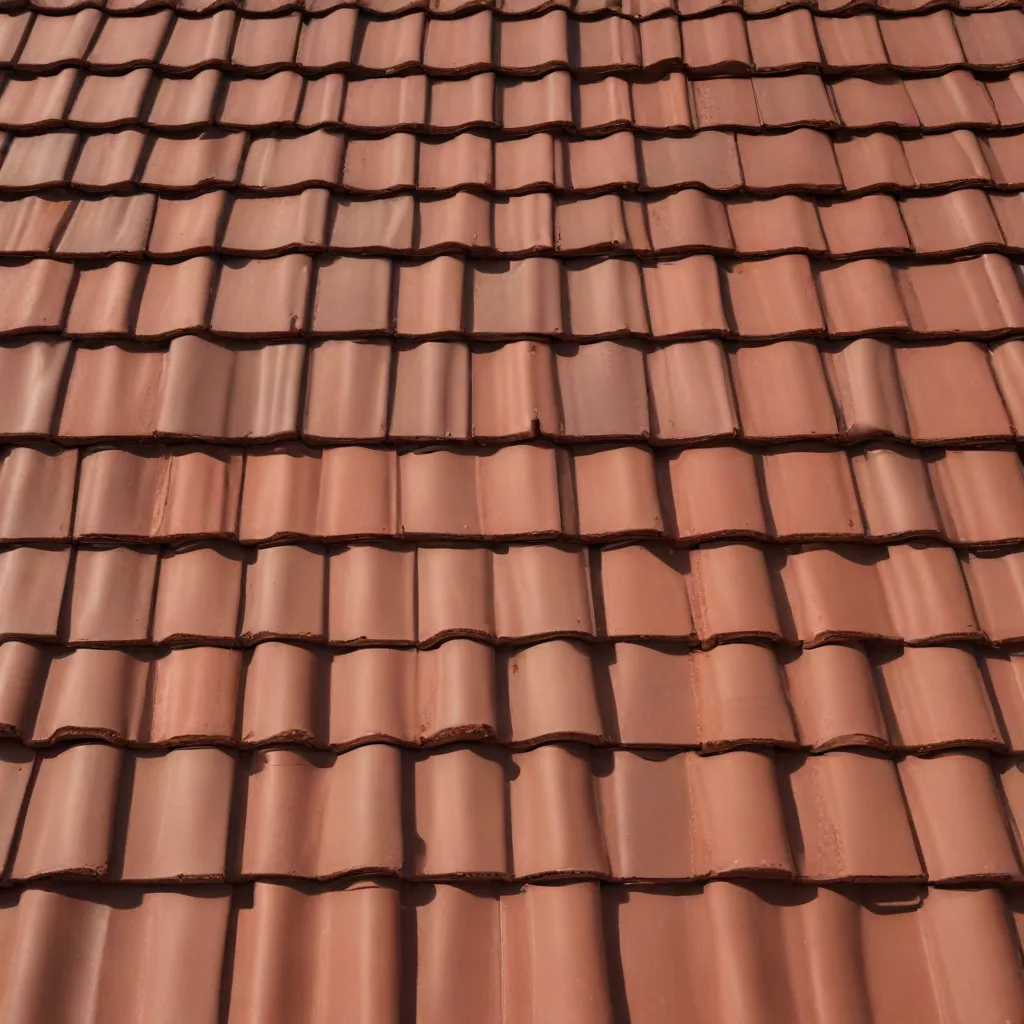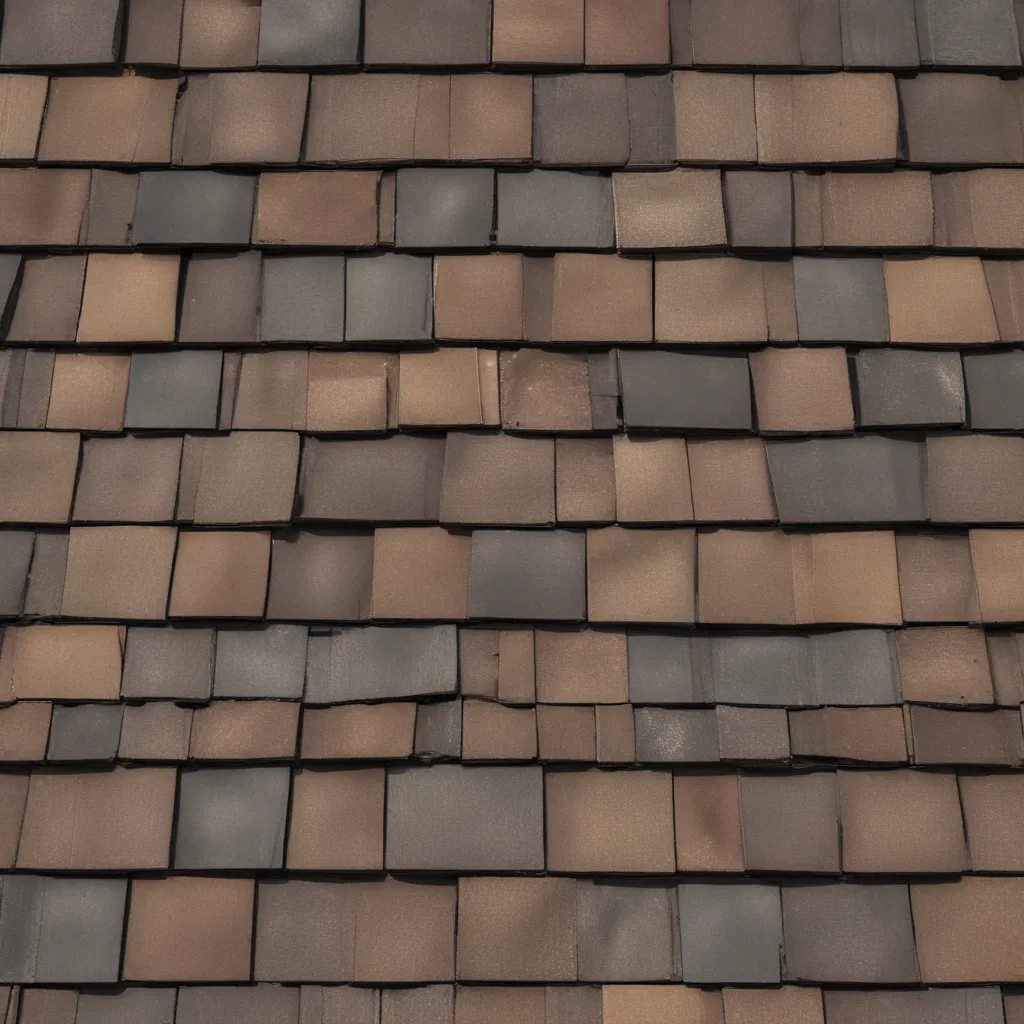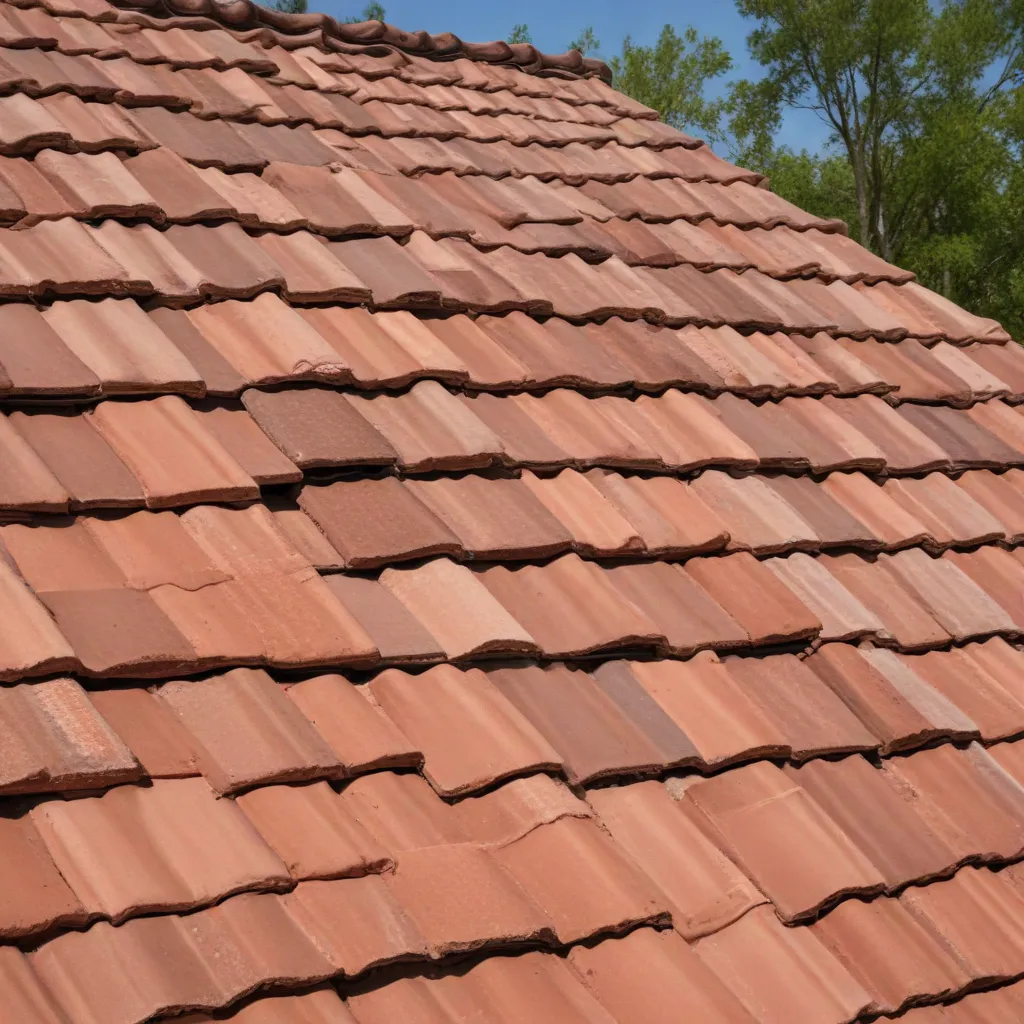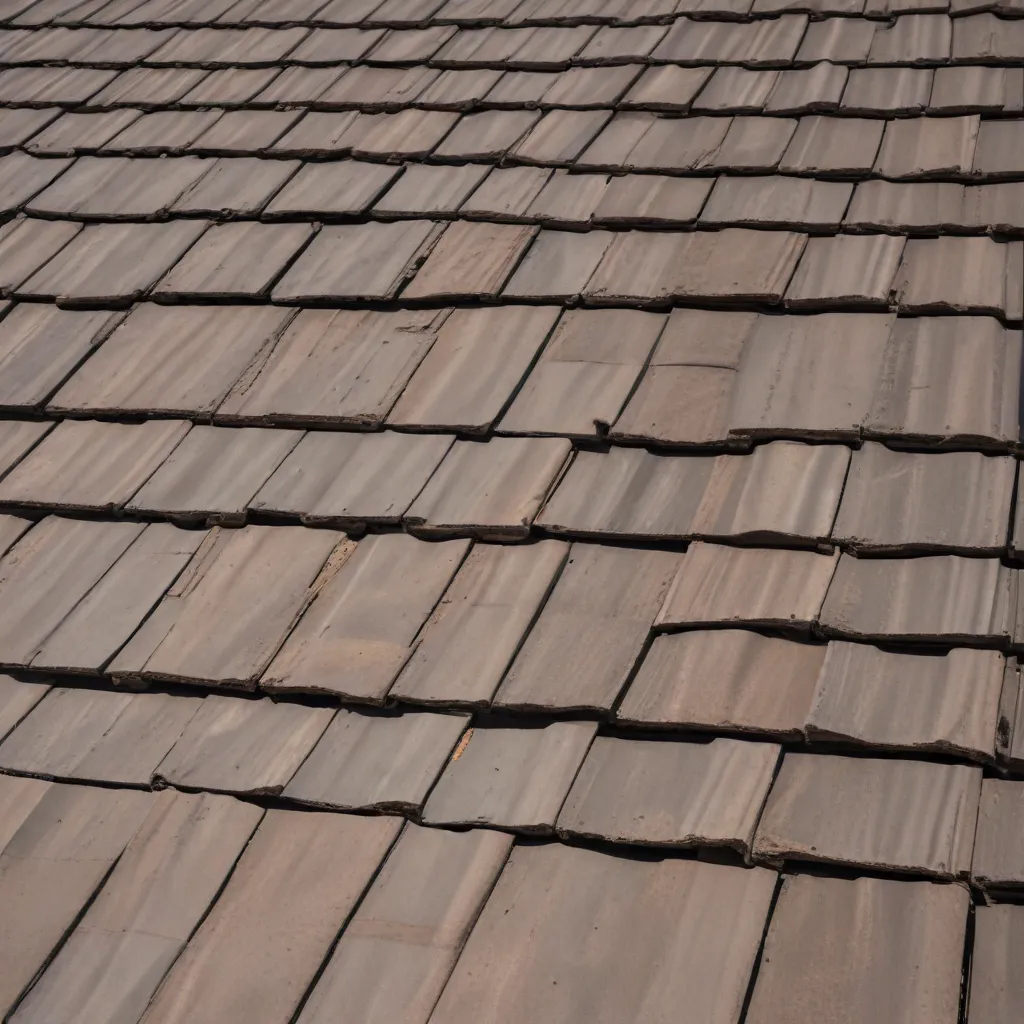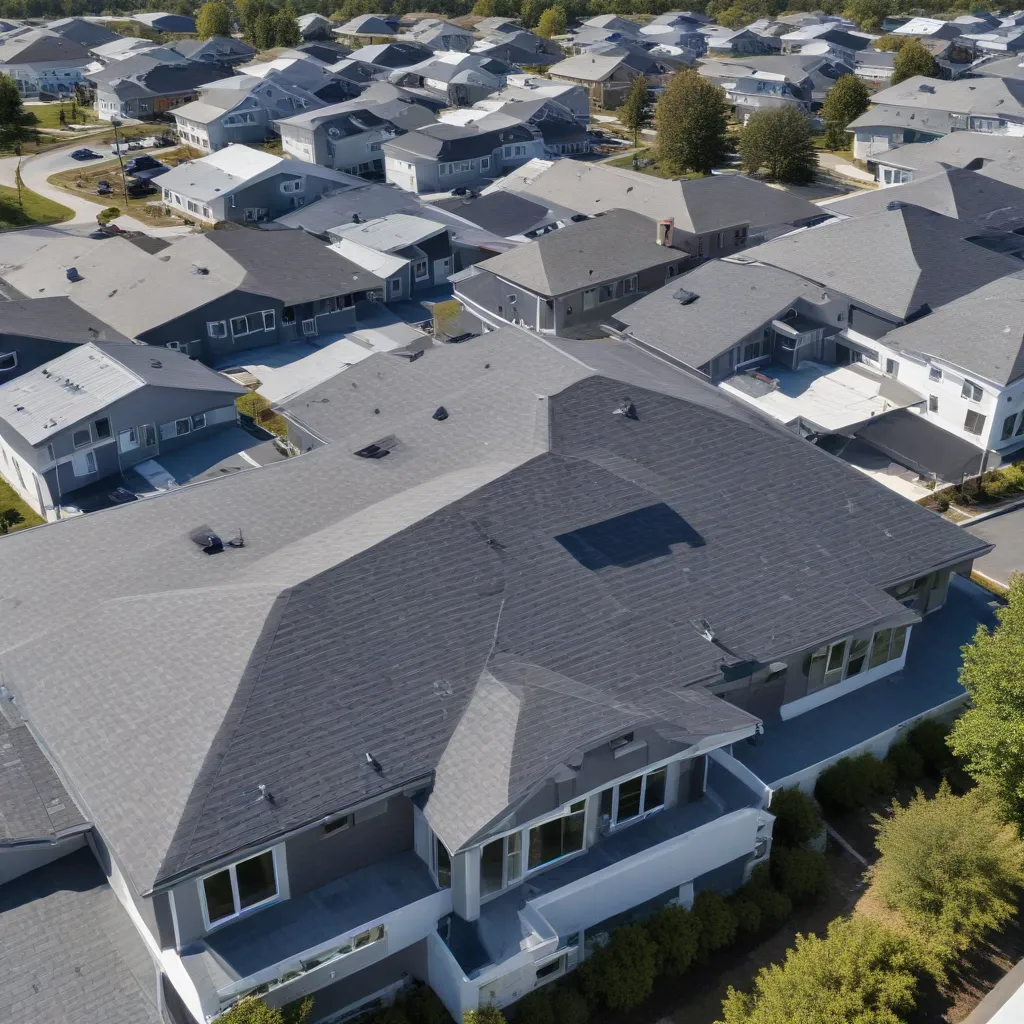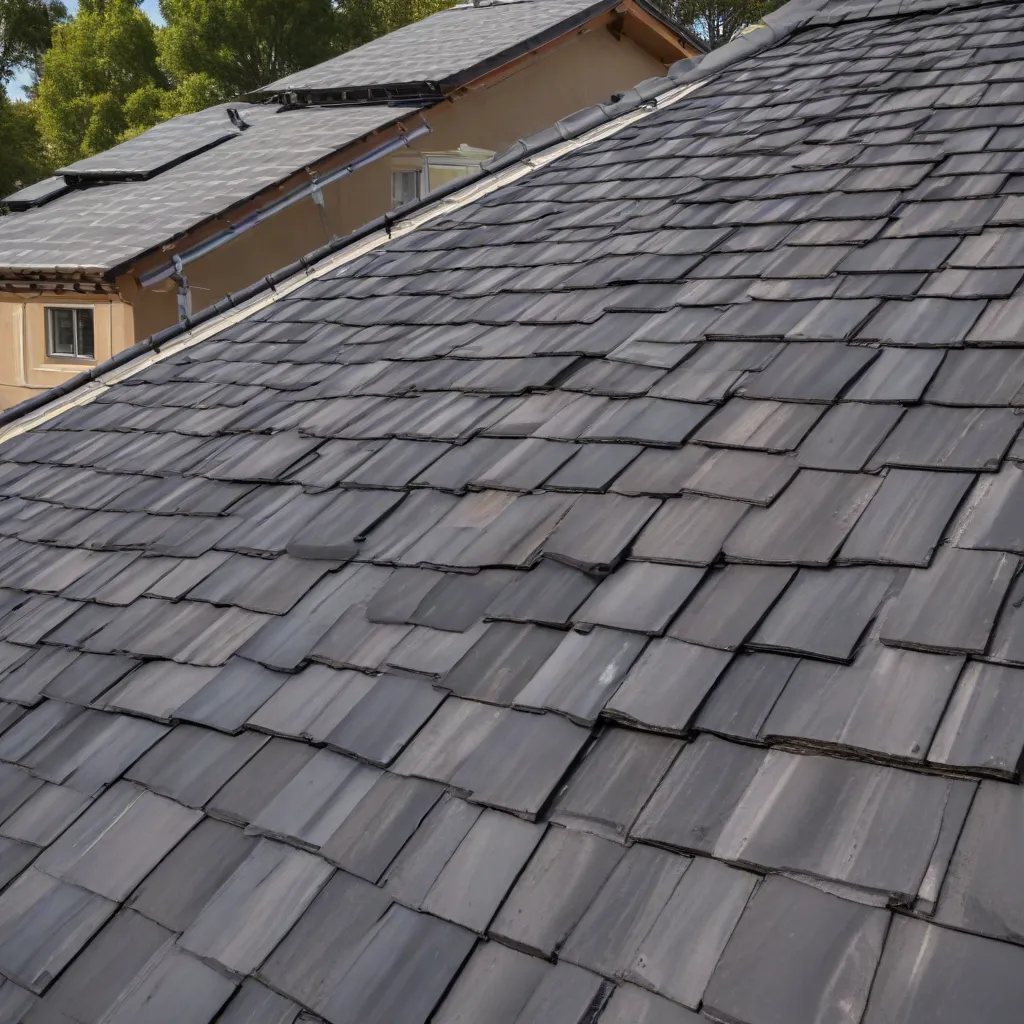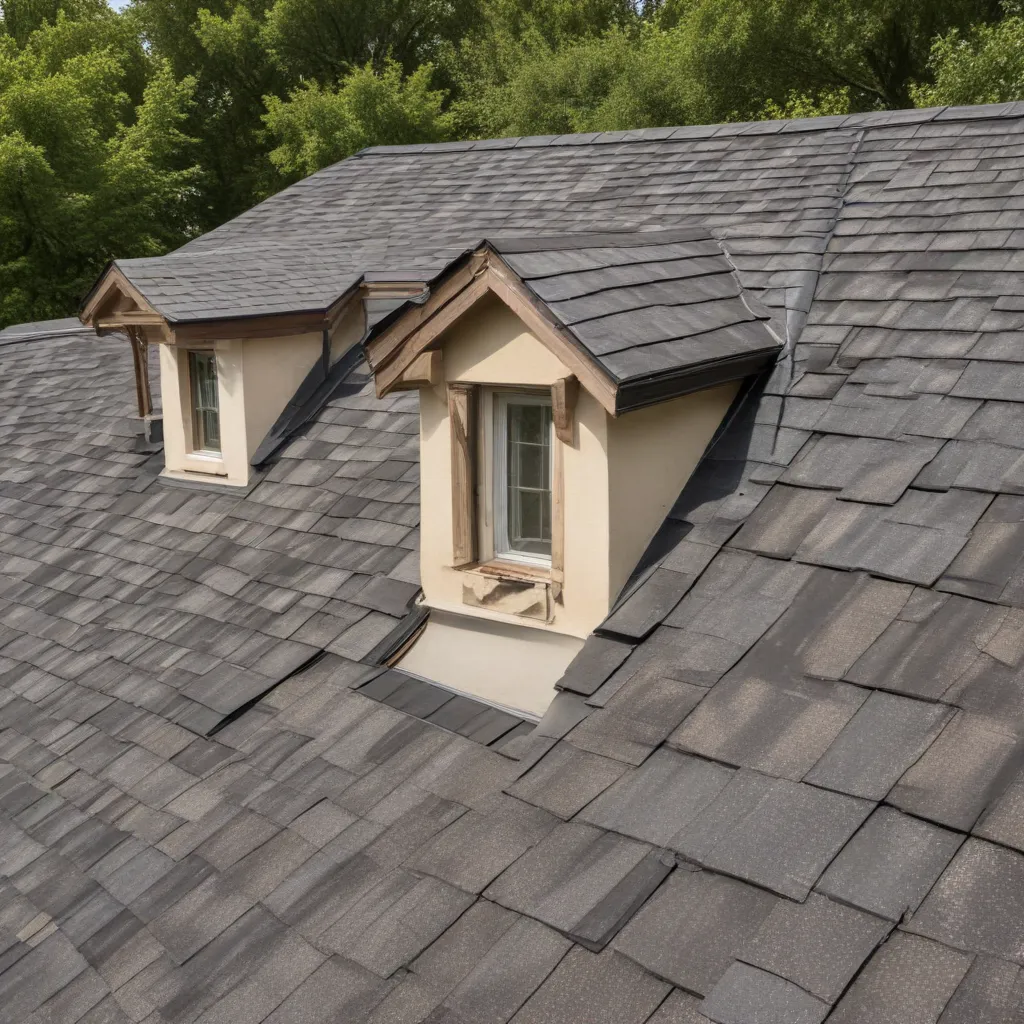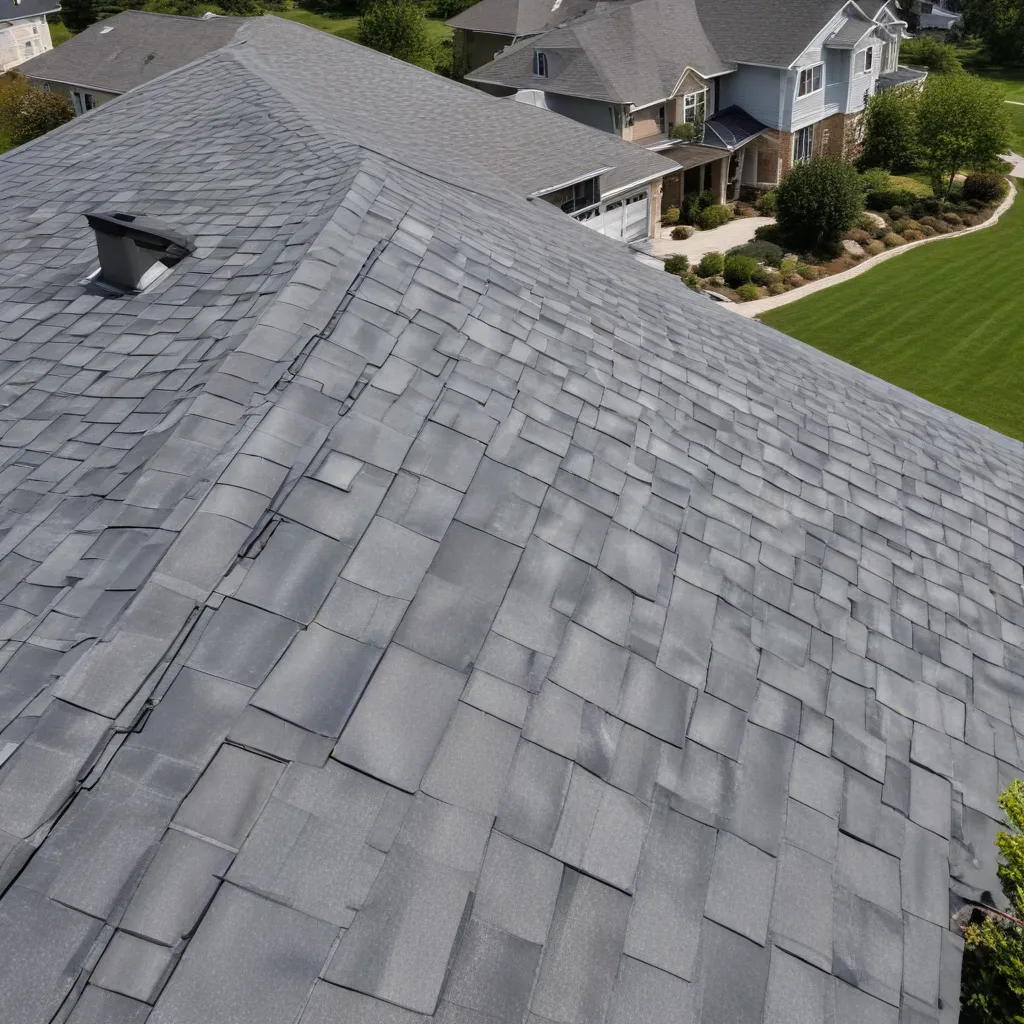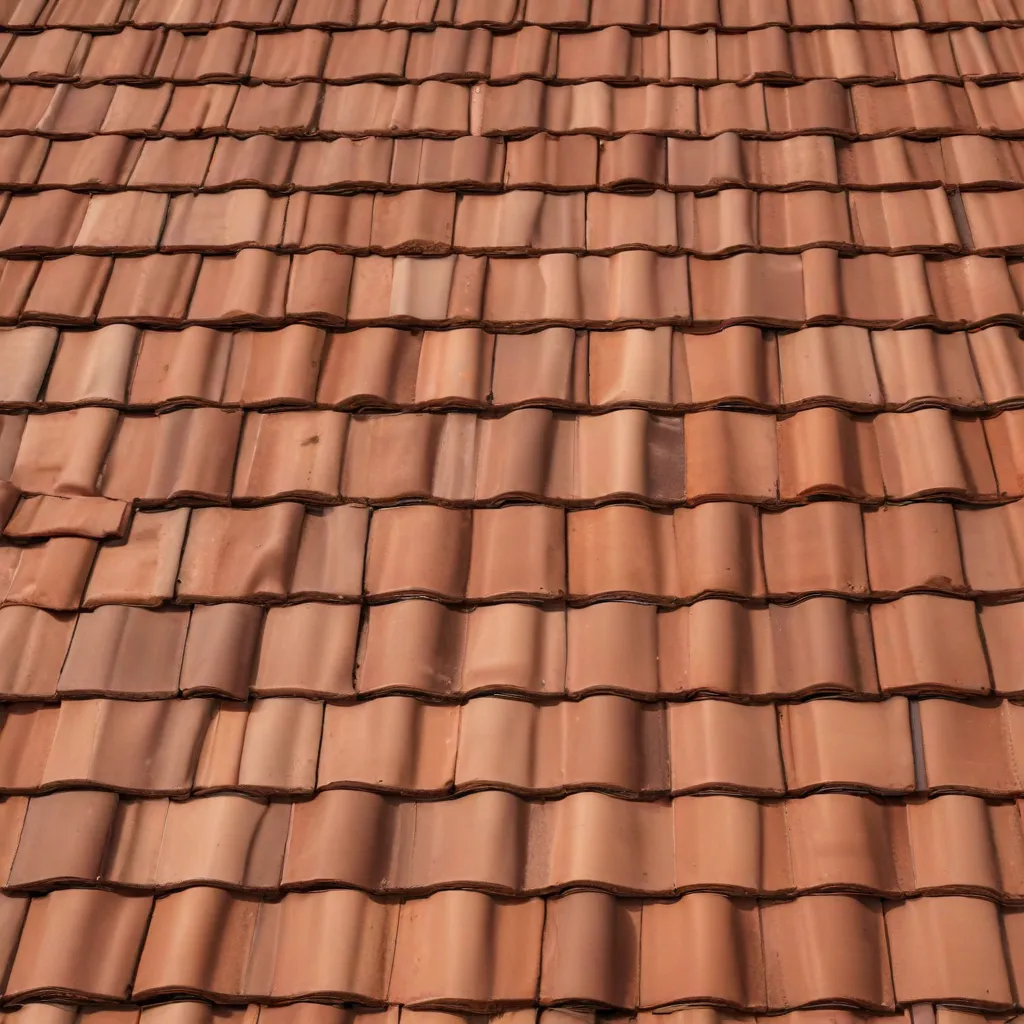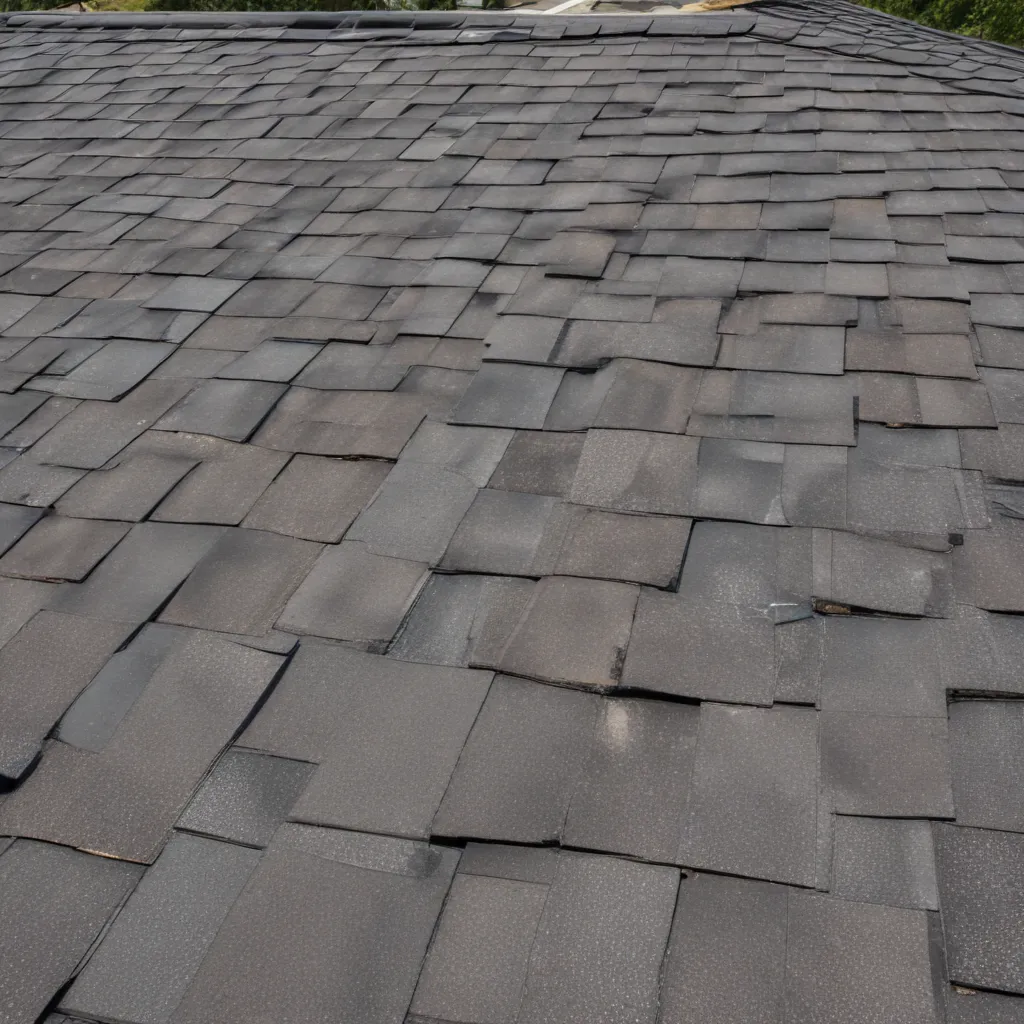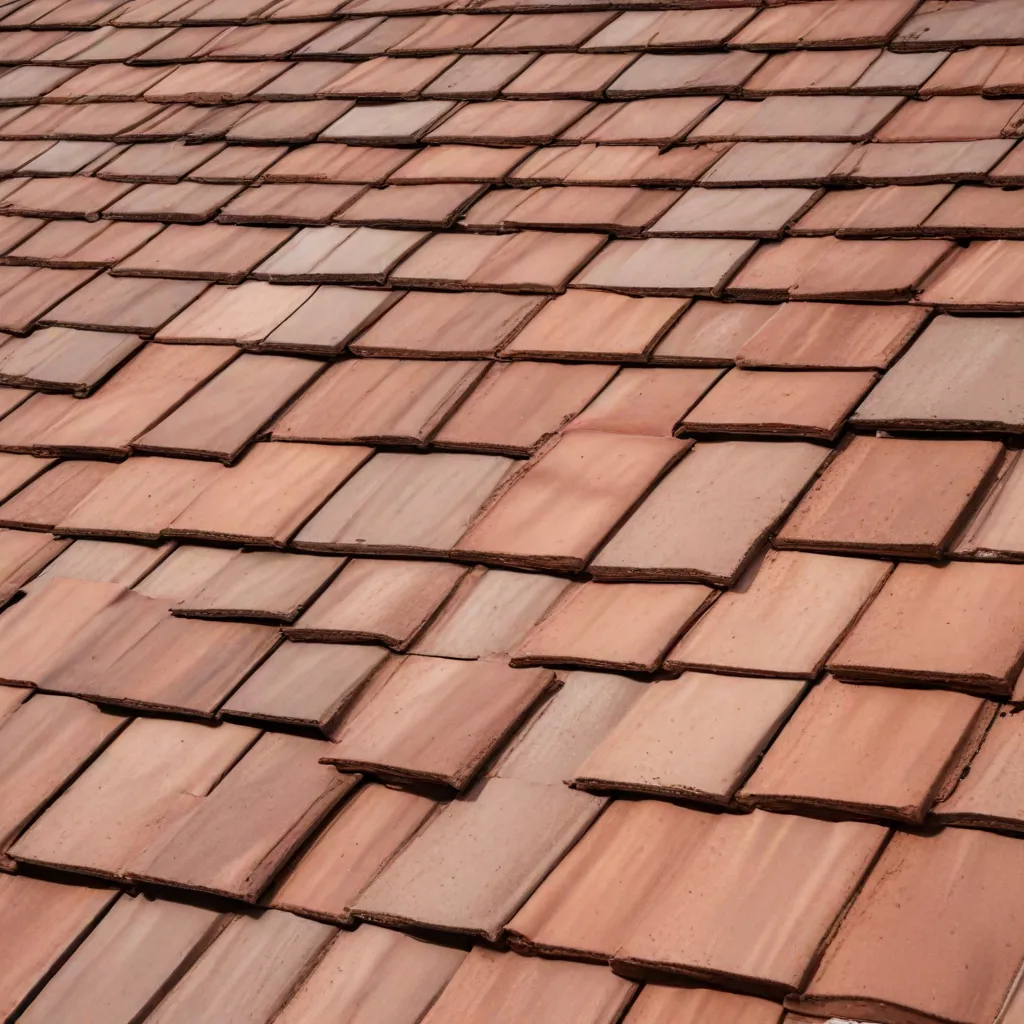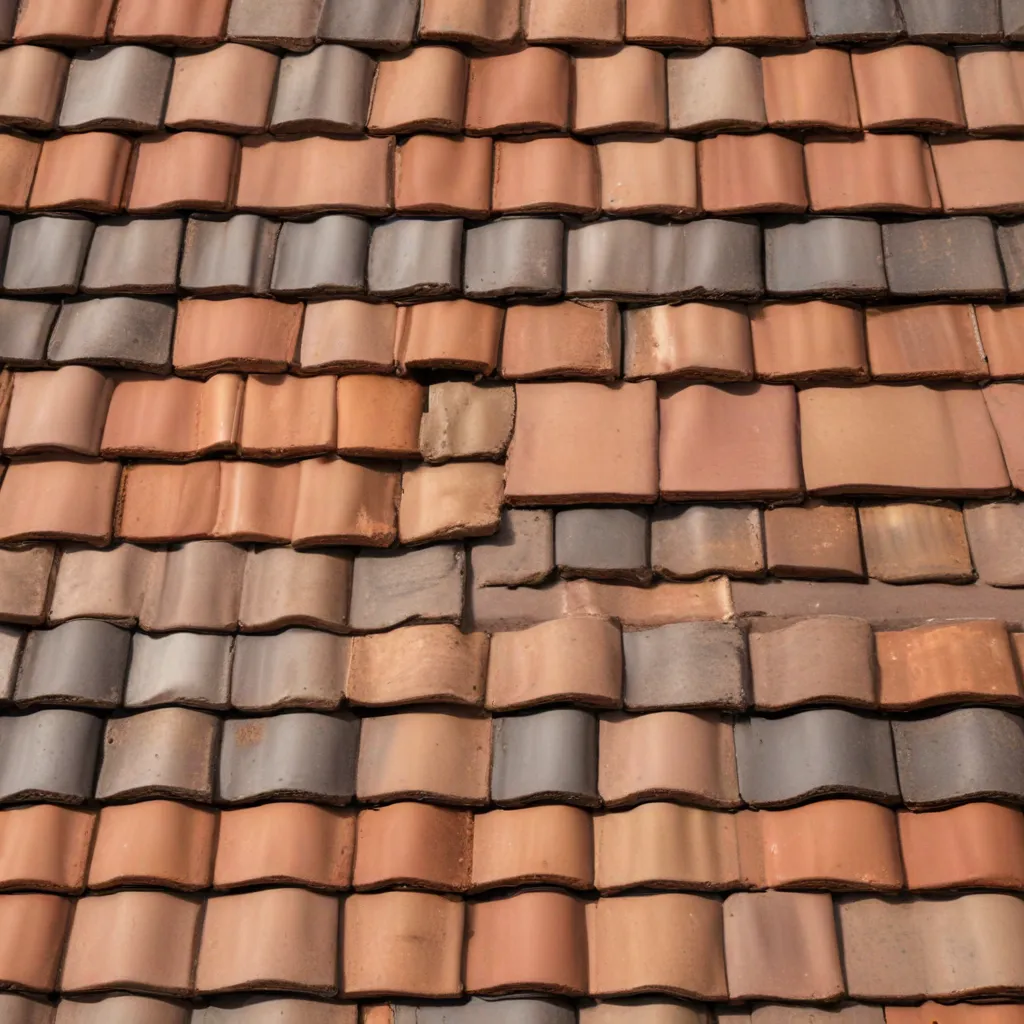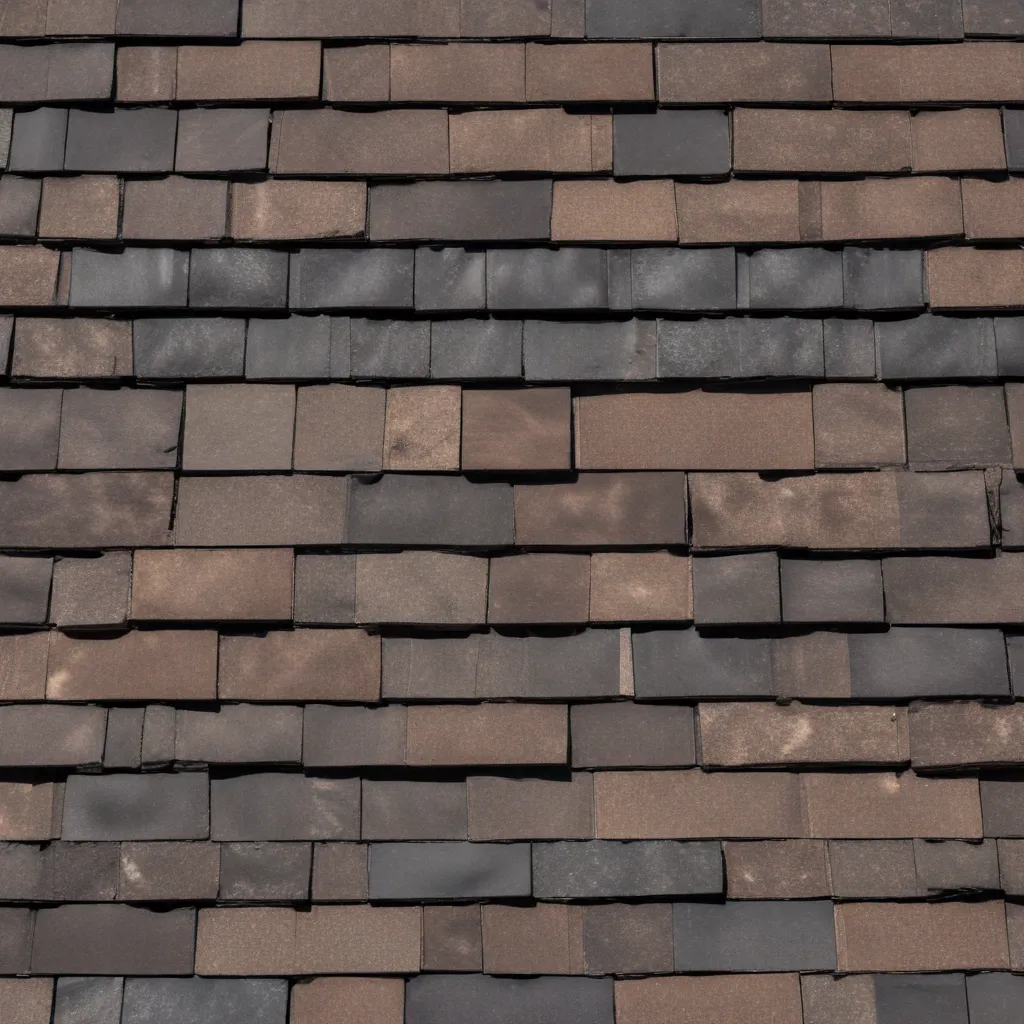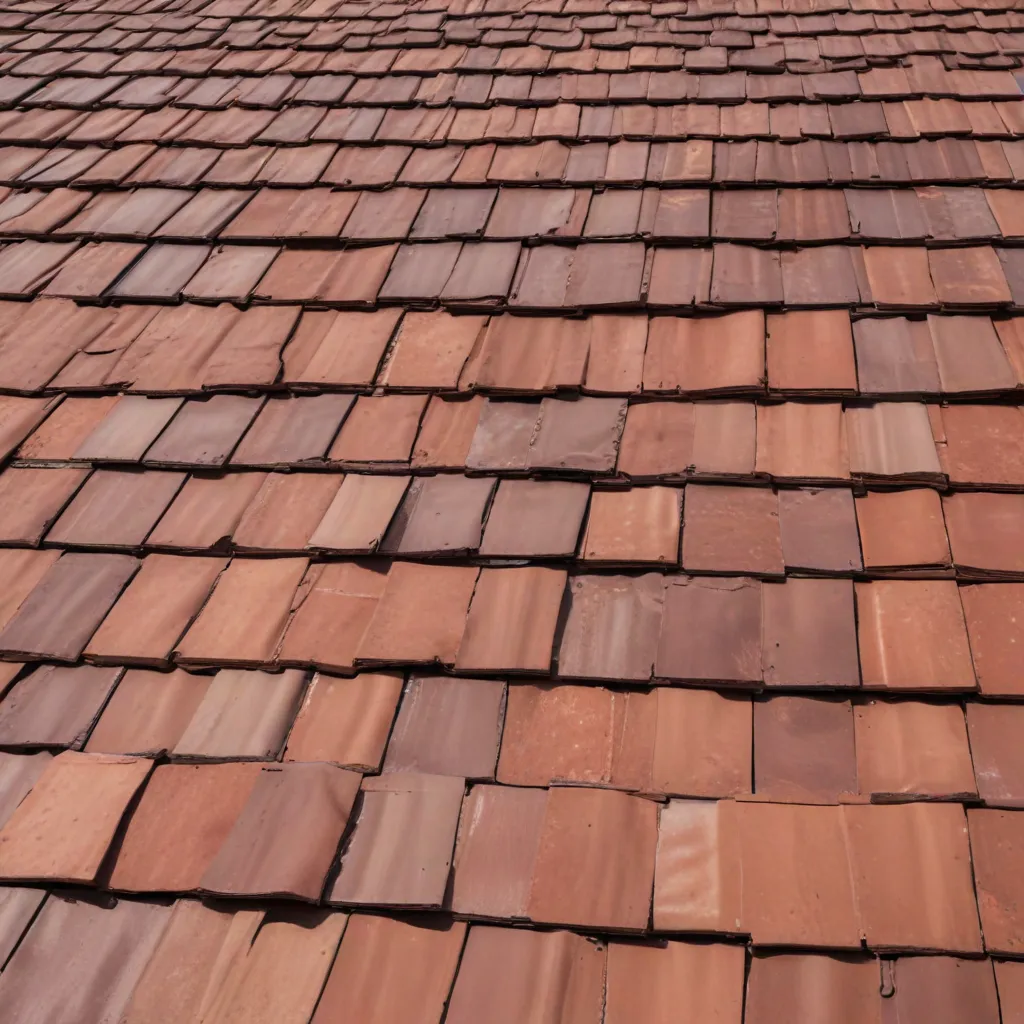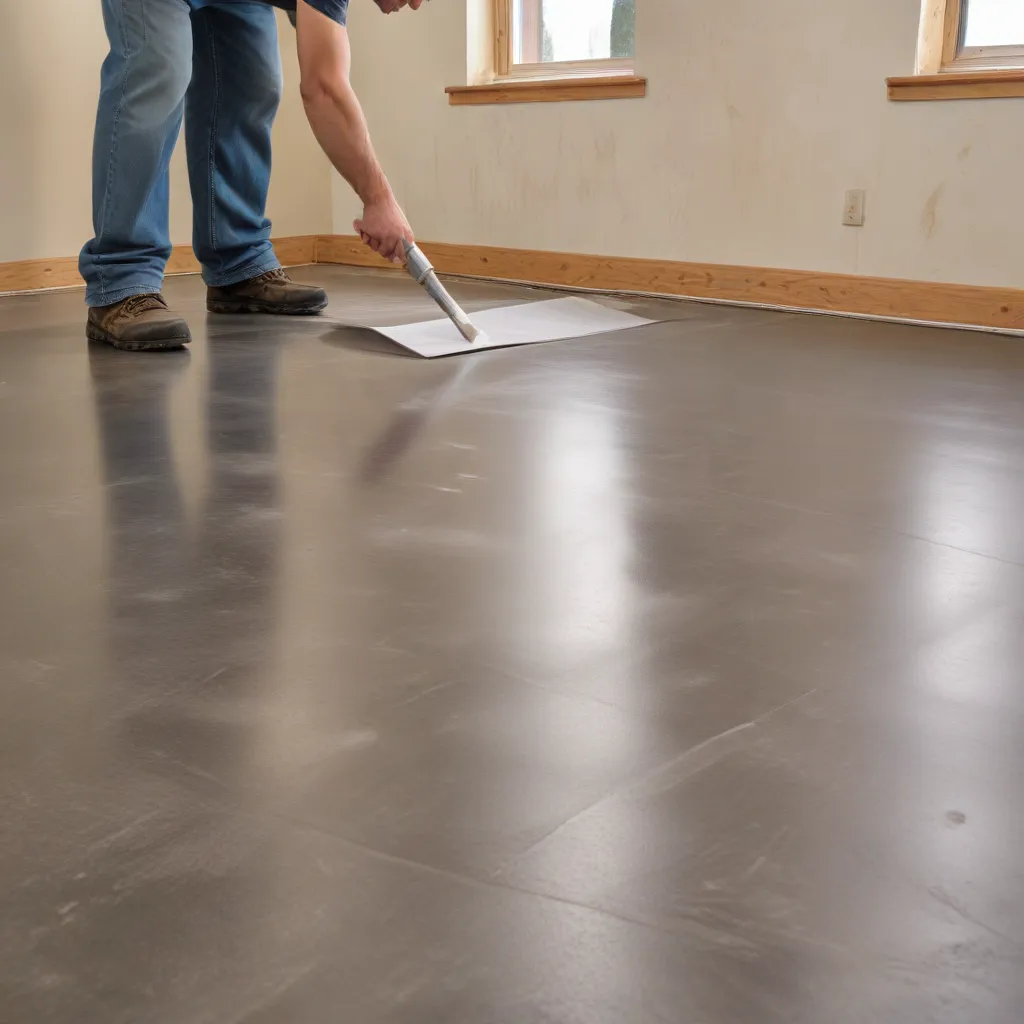
When it comes to choosing the right underlayment for your roofing project, it’s crucial to strike the perfect balance between waterproofing, vapor control, and breathability. After all, this critical layer directly beneath your shingles, tiles, or metal panels not only protects against leaks and water damage but also manages moisture transmission and promotes proper ventilation. Getting the underlayment selection right is key to ensuring a durable, high-performing, and long-lasting roof system.
Waterproofing Requirements
At its core, the underlayment must provide robust waterproofing capabilities to safeguard your building from the elements. Synthetic underlayments and modified bitumen membranes are popular choices, offering superior tear resistance and water-shedding properties compared to traditional asphalt-saturated felt papers. These advanced materials create an effective barrier, preventing even the most persistent rainfall or melting snow from penetrating through to the roof deck.
Beyond just repelling water, the underlayment must also facilitate proper drainage. Ensuring water can efficiently flow off the roof and away from vulnerable areas is crucial to mitigating the risk of leaks and water-related damage to the building’s structure and interior. Underlayment materials with defined channels or grooves can optimize this drainage function.
Vapor Control Needs
Equally important to waterproofing is the underlayment’s ability to manage vapor diffusion and control moisture transmission. While you want to prevent liquid water from infiltrating the roof system, you also need to allow water vapor to escape. Trapping moisture within the assembly can lead to a host of issues, from mold and mildew growth to premature deterioration of building materials.
Breathable underlayments that promote ventilation and drying are essential, especially in regions with high humidity or fluctuating temperatures. These materials, often made from spun-bonded polyolefins or proprietary composites, permit water vapor to pass through while still maintaining a barrier against liquid water. The right balance of permeability is critical to avoid moisture-related problems.
Breathability Factors
Beyond just vapor control, the underlayment’s breathability also impacts the overall thermal and acoustic performance of the roof system. Insulating underlayments can enhance energy efficiency by reducing heat transfer, while materials with sound-dampening properties can improve the structure’s acoustics.
Maintaining a healthy level of air permeability is crucial. If the underlayment is too impermeable, it can trap moisture and lead to condensation issues. Conversely, if it’s too breathable, it may compromise the roof’s weatherproofing capabilities. The ideal underlayment strikes the perfect balance, allowing the roof assembly to “breathe” while still effectively managing water and vapor.
Underlayment Selection Criteria
When evaluating underlayment options, there are several key factors to consider beyond just waterproofing and vapor control. The material’s performance characteristics, installation requirements, and environmental impact all play a role in determining the best solution for your project.
Performance Characteristics
Look for underlayments that provide robust thermal and acoustic insulation, helping to improve the overall energy efficiency and noise reduction of the roof system. The material’s structural support and stability are also crucial, ensuring the roof deck remains flat and secure over time.
Installation and Compatibility
Proper subfloor preparation is essential, and the underlayment must be compatible with the adhesion and bonding requirements of your chosen roofing material. Ease of installation is another important consideration, as this can impact both the project timeline and labor costs.
Sustainability and Environmental Impact
With growing emphasis on eco-friendly construction, look for underlayments made from recycled or environmentally-friendly materials. Ensuring compliance with local regulations and building codes is also critical.
Balancing Tradeoffs
Selecting the ideal underlayment requires carefully balancing the competing requirements of waterproofing, vapor control, and breathability. In many cases, optimizing one aspect may come at the expense of another, necessitating careful consideration of the project-specific needs and environmental factors.
Prioritizing Competing Requirements
For example, a highly vapor-impermeable underlayment may excel at preventing moisture infiltration but could potentially trap water vapor within the roof assembly, leading to condensation issues. Conversely, a highly breathable material may allow for better drying and ventilation but may not provide adequate waterproofing protection.
Adapting to Project Conditions
The perfect underlayment solution will depend on the climate, building location, and intended use of the structure. A coastal home in a humid region may have vastly different underlayment requirements compared to a dry, desert-climate warehouse. Understanding the specific environmental conditions and project demands is crucial to making the right choice.
Evaluating Cost-Benefit Considerations
Ultimately, the decision must also factor in cost-benefit trade-offs. Higher-performance underlayments may come with a premium price tag, but their enhanced capabilities and long-term durability can often justify the investment. Weighing the initial expenses against the potential for reduced maintenance, extended roof life, and improved energy efficiency is key to finding the optimal balance.
Underlayment Innovations
The roofing industry continues to evolve, with manufacturers introducing new and innovative underlayment solutions to meet the ever-changing demands of the market. From advanced polymer-based membranes to composite underlayment systems, these cutting-edge products are redefining the way we approach moisture management and roof system performance.
Advanced Material Technologies
Polymer-based underlayments, leveraging materials like polyolefins and thermoplastic elastomers, offer enhanced waterproofing, vapor control, and breathability compared to traditional asphalt-based options. These synthetic alternatives are often more durable, tear-resistant, and easier to install.
Specialized Applications
Underlayments have also evolved to cater to specific applications, such as wet areas and bathrooms, where increased moisture resistance and anti-microbial properties are essential. Similarly, radiant heating systems require underlayments that can effectively manage the unique thermal and moisture challenges associated with these installations.
Emerging Trends and Developments
As the industry increasingly prioritizes sustainability and environmental awareness, we’re seeing the emergence of underlayment solutions made from recycled or eco-friendly materials. These innovative products not only deliver high-performance but also contribute to the broader goal of reducing the construction sector’s carbon footprint.
Integrated moisture management systems, combining underlayment, sealants, and other complementary components, are also gaining traction. These holistic approaches aim to address the entire roof assembly’s moisture-related needs, providing a comprehensive solution for long-term roof system health and durability.
When it comes to selecting the right underlayment for your roofing project, the key is to thoroughly understand the unique requirements of your application and then find the solution that best balances the competing needs of waterproofing, vapor control, and breathability. By carefully weighing the performance characteristics, installation considerations, and cost-benefit trade-offs, you can ensure your roof system delivers exceptional protection, energy efficiency, and aesthetic appeal for years to come.

